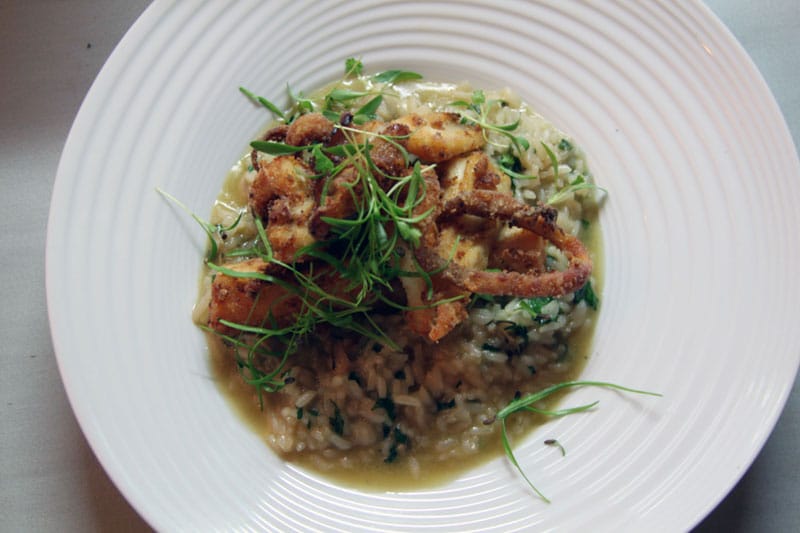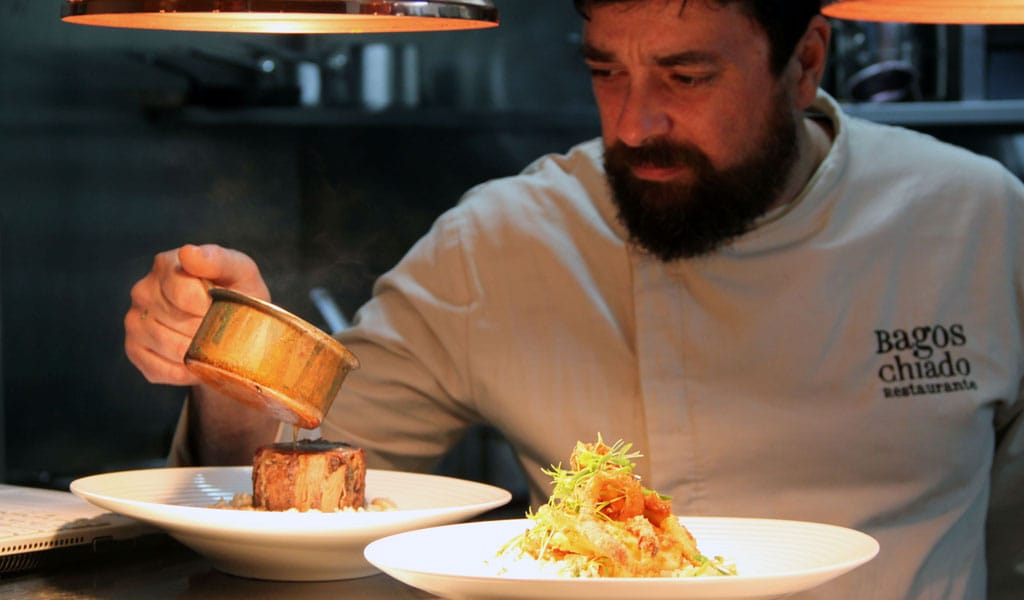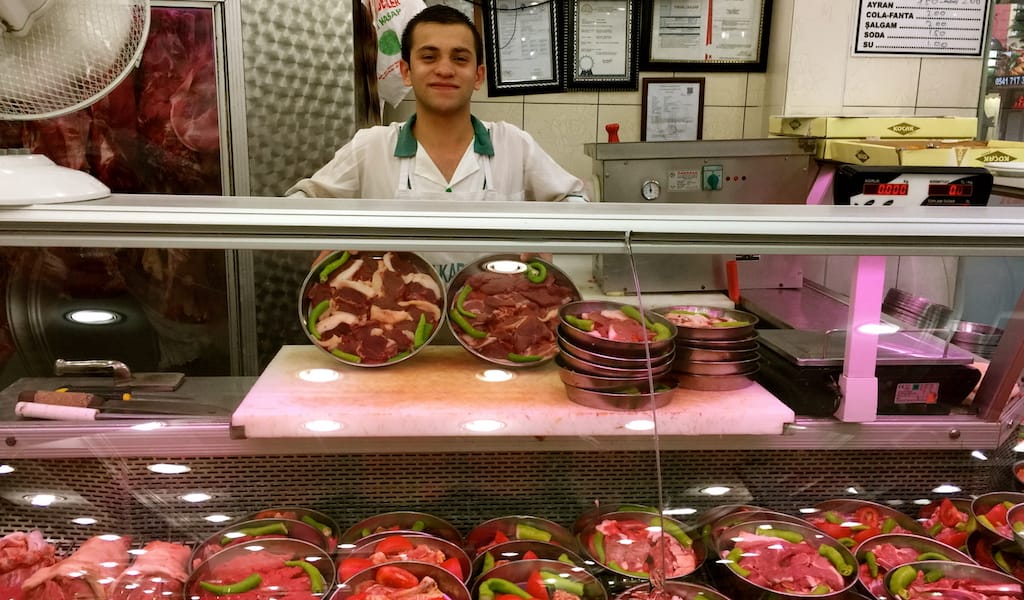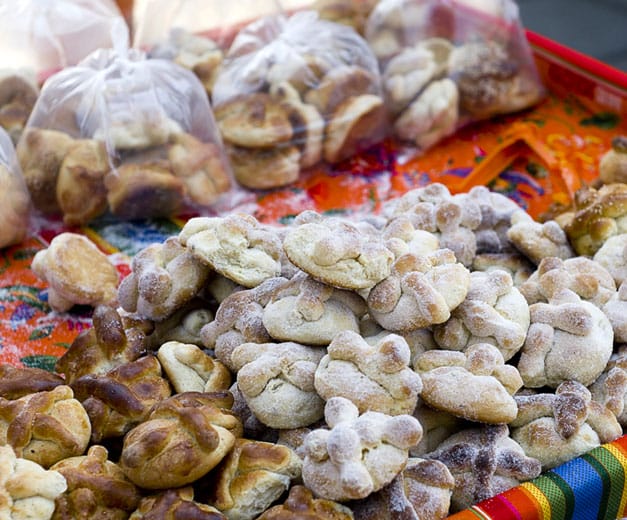In downtown’s Chiado, a slightly bougie-looking restaurant profits from the crowds leaving weekend performances at the São Luiz theatre, a former 19th-century cinema. This place also takes advantage of a common and ubiquitous Portuguese ingredient – rice.
Bagos (“grains of rice”) has just a few tables over two floors; the upstairs level is the more suitable for a business lunch partaken while tram 28 trundles by. The vibe is refined but simple, and that is reflected in how the humble staple on its menu is reworked in the kitchen. Chef Henrique Mouro explores the many ways in which different varieties of rice are prepared across the country, revealing a very typical component as the basis for all sorts of invention.
In fact, Portugal was the first consumer of rice in Europe, with a per capita consumption of almost 18 kilograms per year – more than double its continental counterparts. The rice habit, like much else in the country, is of Moorish heritage. The crop was formerly farmed around the rivers in the south and later close to the banks of the northernmost river, Mondego. The different varieties used nowadays offer a clue about this rendezvous of history. The rice derived from Oryza glaberrima, one of the two domesticated rice species, has African roots and the same species that was brought to the Americas with slaves. It was replaced in Portuguese fields by the Asian species Oryza sativa.

Asian rice varieties are more commonly prepared in Portugal than in other European countries. Carolino, whose short, large white grains are very absorbent, is the most popular. Arroz de cabidela, made with hen or rabbit cooked in its own blood added to water and vinegar, or arroz do tamboril, monkfish rice, are made using carolino. Agulha, a long-grain rice, is also omnipresent as a side for meat or fish dishes, as well for oven-baked preparations such as the famous arroz de pato (duck rice). Apart from these two, other sub-varieties are being explored in the national kitchen, such as arborio (the one used for Italian risotto), basmati and jasmine.
“I love to cook rice. It is the most versatile Portuguese food,” says Mouro, whose experiments dutifully consider all the above varieties. With 20 years of experience, he is used to constantly rethinking technique. The most in-demand dish on the menu is the fried cuttlefish with oyster and lemon rice. The lemon is marinated in salt, the oysters steamed and the cuttlefish cooked in the oven before being fried. Another speciality is hare with juniper, carrots, large beans and rice balls, a recipe with echoes of Alentejo, the central Portuguese region where Mouro’s parents were born.

All the dishes except one – cottage cheese with mango, curry and pomegranate – are composed of rice or its derivatives. The béchamel is made of rice milk, and the cuttlefish breaded with rice flour. Even the desserts are rice based – the most curious being a soft cake filled with the Sunday classic, sweet rice, made with carolino, egg yolk, salt, sugar and chocolate. It’s rich, but at its center is a soft heart.
Editor’s note: We are regret to report that Bagos is closed.
 April 6, 2019 Hizmet Kardeşler
April 6, 2019 Hizmet Kardeşler
The T1 tramway route passes by virtually all of Istanbul’s most well-known sights. […] Posted in Istanbul October 31, 2014 Día de los Muertos
October 31, 2014 Día de los Muertos
Día de los Muertos (Day of the Dead), or at least some variation of it, has been an […] Posted in Mexico City June 14, 2019 Building Blocks
June 14, 2019 Building Blocks
If Mexico had to choose a national flavor, the chile pepper would without a doubt be the […] Posted in Mexico City
Published on April 06, 2017
Related stories
April 6, 2019
IstanbulThe T1 tramway route passes by virtually all of Istanbul’s most well-known sights. Crossing the Galata Bridge and weaving through the Old City, the T1 practically rubs up against the Hagia Sophia, Topkapı Palace, the Grand Bazaar and other famous attractions, ensuring that most foreign visitors to the city will ride this tram within a…
October 31, 2014
Mexico CityDía de los Muertos (Day of the Dead), or at least some variation of it, has been an annual celebration in Mexico for over 3,000 years. During the Aztec period, it took the form of a festival in August dedicated to Mictecacihuatl, otherwise known as the Lady of the Dead, who was the ruler of…
June 14, 2019
Mexico CityIf Mexico had to choose a national flavor, the chile pepper would without a doubt be the winner. The only issue might be which chile would take the top spot in such an honor. The country is home to more than 200 variations of chiles, stemming from some 64 distinct varieties. Almost no meal is…


















































































